Blogs | 3.27.2024
Women’s History in the Early Days of Space Exploration
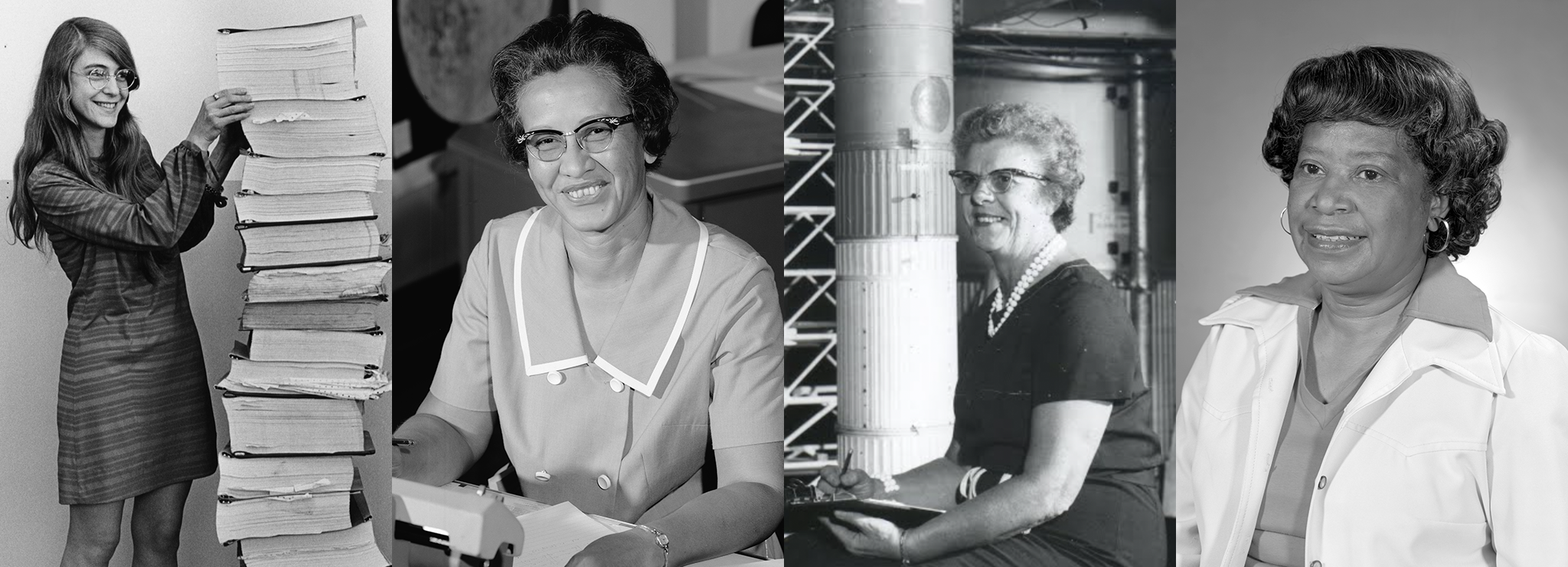
Comets have been observed worldwide for thousands of years, but it wasn’t until 1705 that English astronomer Edmond Halley realized that one particular comet—now known as Halley’s Comet—had been recorded since 240 BC. He predicted the comet would continue to return and that the laws of gravity could predict when . . . but the calculations were complex.
In the mid-1700s, French mathematician Alexis-Claude Clairaut split up the work between himself; Jérôme-Joseph Lalande, a young astronomer; and Nicole-Reine Lepaute, a clockmaker’s wife and mathematician. The three predicted Halley’s Comet would appear again between March 15 and May 15, 1759. While they were two days late (the comet rounded the sun on March 13), it was the most accurate forecast anyone had predicted to date . . . and the age of human computers got its start!
19th and 20th Century Human Computers
By the 19th century, scientists were collecting huge amounts of data that needed processing. The calculations were broken down into smaller math problems which were primarily solved by men. But by the late 19th century, a growing number of women were educated and eventually hired to reduce costs (they were paid much less than their male counterparts).
Fast forward to the 20th century: The need for computations drastically increased during World War II and more than half of all human computers were women. After the war ended, it was time for the Space Race and calculations for projects, like wind tunnel tests and figuring out paths of a spacecraft, were needed.
The National Advisory Committee for Aeronautics (NACA)—the precursor to the National Aeronautics and Space Administration (NASA)—hired several hundred women, including Women of Color, as human computers to complete manual calculations that were critical to the Space Race. Over time, these women also helped create code for the first machine computers, which could do the same calculations much faster and with more accuracy.
Celebrating Women of the Space Race
Thanks to the work of these early computer scientists, the United States sent its first astronauts into orbit and eventually reached the Moon. In our Minecraft Education Extension Lesson: Coding Your Way to a Computer Science Career, we explore four incredible women “human computers” who made significant contributions to STEM while working at NASA:
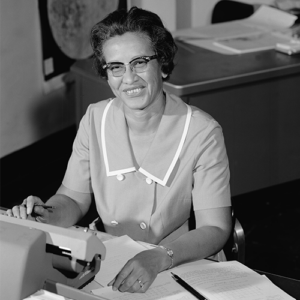 Katherine Johnson
Katherine Johnson
Katherine Johnson was handpicked to be one of three Black students to integrate into West Virginia’s graduate schools. Born in White Sulphur Springs, West Virginia, in 1918, her intelligence allowed her to skip several grades in school. By 13, she was attending high school. At 18, she enrolled in college. In 1937, she graduated with highest honors and took a job teaching at a Black public school in Virginia. Katherine is most famous for checking the accuracy of the code used to calculate the trajectory for the very first human spaceflight around Earth. Astronaut John Glenn, the man who made the first orbit around Earth, specifically asked her to do the math because he trusted her more than the computers. She later calculated the trajectory for the first landing of humans on the Moon.
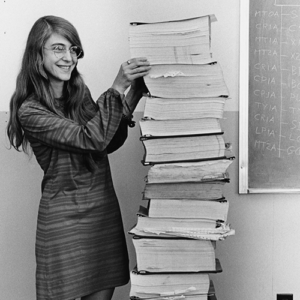 Margaret Hamilton
Margaret Hamilton
Margaret Hamilton studied mathematics and philosophy at Earlham College in Indiana. She briefly taught high school mathematics and French upon graduation. She was one of the first computer software programmers and worked at the Massachusetts Institute of Technology (MIT), where she developed software to help predict the weather. At the time, computer science and software engineering were not fields of study you could pursue. Mathematicians and others learned how to program computers on the job through trial and error. Hamilton was naturally good at computer programming. She later joined the MIT lab that NASA hired to write the software for navigation and lunar landing guidance. Her software helped us land on the Moon. Margaret coined the term “software engineer” to explain what she did.
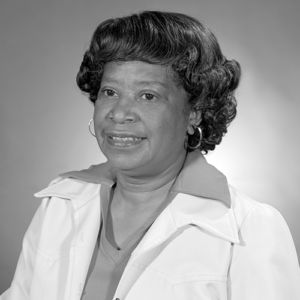 Mary W. Jackson
Mary W. Jackson
After graduating with highest honors from high school, Mary W. Jackson continued her education at Hampton Institute, earning Bachelor of Science degrees in mathematics and physical science. Jackson had many jobs before she landed at NASA’s Langley Memorial Aeronautical Laboratory in 1951, where she was assigned to work in a group that only included Black women. Her talent was recognized, and she was encouraged to pursue more education. With her new degree, she became NASA’s first Black female engineer. During her career, she provided data that was later essential to the early success of the U.S. space program. She worked as a NASA engineer for nearly 20 years and then moved into a human resources position in which she worked to hire and promote more women at NASA.
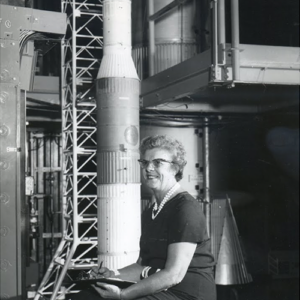 Vera Huckel
Vera Huckel
Vera Huckel was an American mathematician, aerospace engineer, and one NACA’s first female “computers.” She studied math at the University of Pennsylvania, graduating in 1929. Huckel worked on problems related to theories and aerodynamics, and helped NACA begin their transition from hand calculations to computers, writing the code for NACA’s first electronic computer. After more than 33 years, she retired from NASA in 1972.
Classroom Lesson: History of Women in Computer Science Careers
Interested in teaching your students more about women in science? Check out our free lesson plan, Minecraft Education Extension Lesson: Coding Your Way to a Computer Science Career, where students will explore more about these four women who made significant contributions to STEM while working at NASA. This lesson plan can be used with your class alone or as part of Minecraft Education’s Artemis Worlds.
